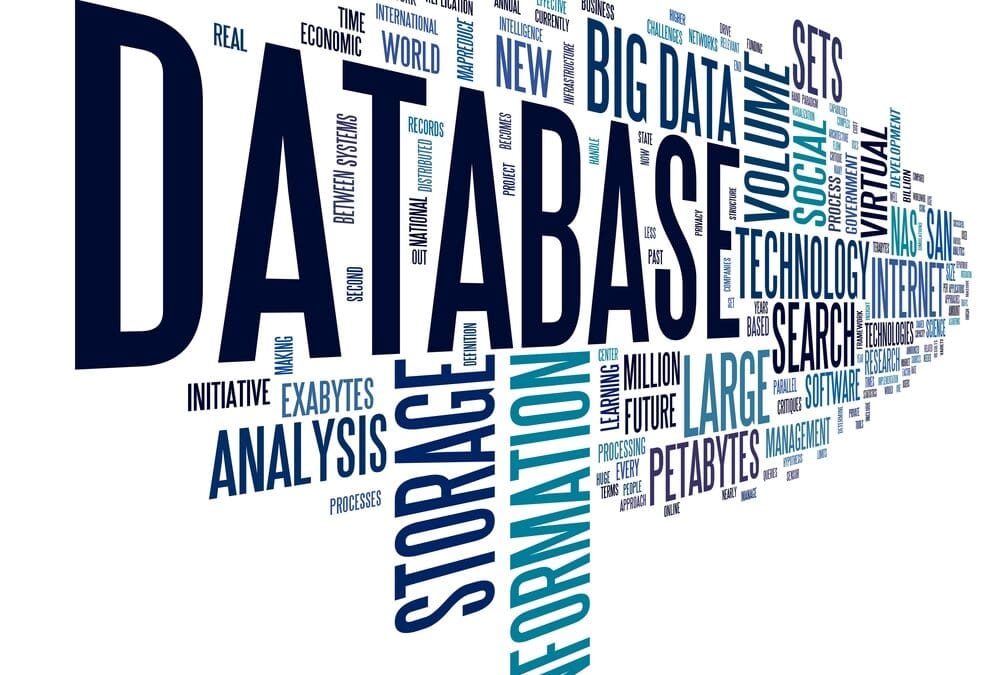Digital signal processing (DSP) is a single component of a much greater movement: the Internet of Things (IoT).
Mining-instrument and equipment manufacturers are integrating this technology into their product portfolios. Oretronic metal detectors, for example, use DSP to identify tramp debris along conveyor belts.
Computing has had a profound impact on the extractive industries, and it isn’t stopping with Excel spreadsheets and enterprise resource planning (ERP). Already, digital devices are penetrating the sector, enabling a vast network of sensors capable of communicating with one another.
The IoT: What it is, and where DSP fits in
According to software giant SAP, the IoT is providing miners with granular, real-time data detailing their operations. From the amount of tramp metal found in a day to volume of water used every week, smart devices open operators and engineers to ground-level information that wasn’t accessible a decade ago.
SAP listed a number of benefits, features and capabilities associated with the IoT:
- Machine and sensor integration, allowing them to share data to initiate transactions
- Real-time alerts regarding equipment malfunctions, volume production and other instances
- Ore-grade sensing to measure product quality
- Connectivity to ERP, allowing you to scrutinise your operations from the business’ perspective.
How does DSP fit into the picture? According to Analog Devices, this technology registers signals such as audio, video, temperature, pressure and position, translates them into digital iterations (i.e. binary code) and then processes that data. DSP can be reprogrammed to perform certain functions. For example, a device could use a DSP algorithm to compress a temperature signal, therefore making it easier to share with other machines.
Essentially, DSP provides the foundations of an internet-connected, “smart” mining operation.
What intelligence can DSP deliver to miners?
Industrial measuring instruments, if equipped with DSP technology, could enlighten miners to a number of minute processes that are either easy to miss or difficult to understand.
For instance, suppose a mining company installed precision belt-weighers throughout its operations. After analysing data generated over the course of seven months, the enterprise recognises that conveyor belt pressure gradually increased over that time period.
This can allude to a couple of scenarios. Perhaps the product has grown more dense as operations penetrate new areas of quarry. Maybe the conveyor belts are running slower than they were before.
The point is, miners are enlightened to certain possibilities. Given the specificity of the information they receive, foremen can make educated actions on how to proceed. Overall, this makes for a more intelligent operation.



Recent Comments